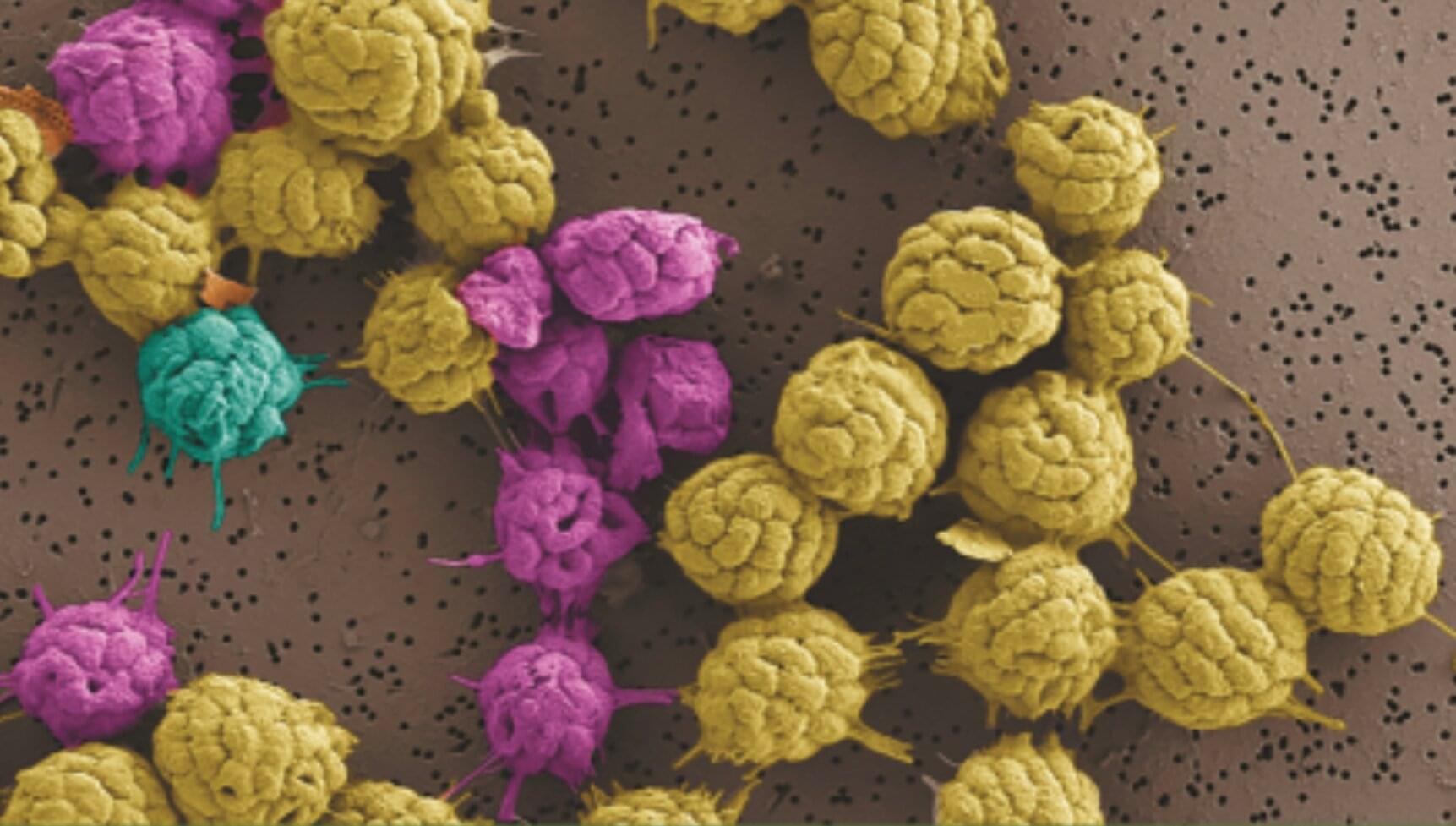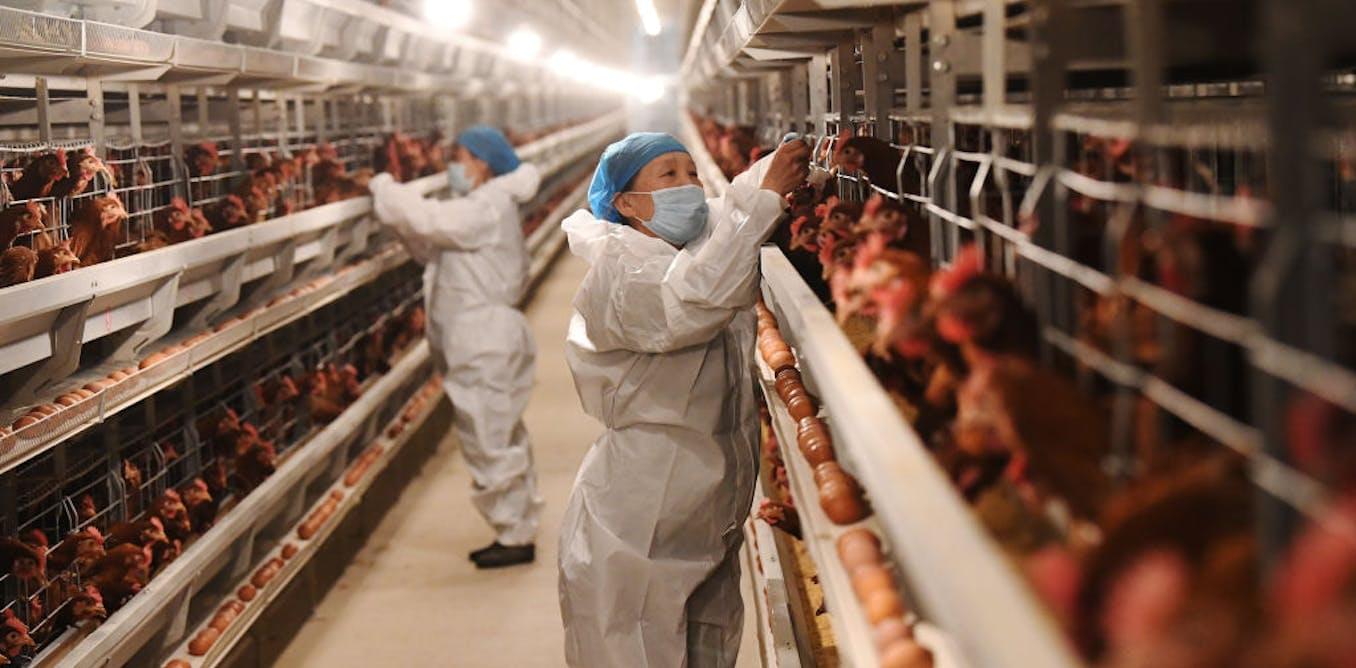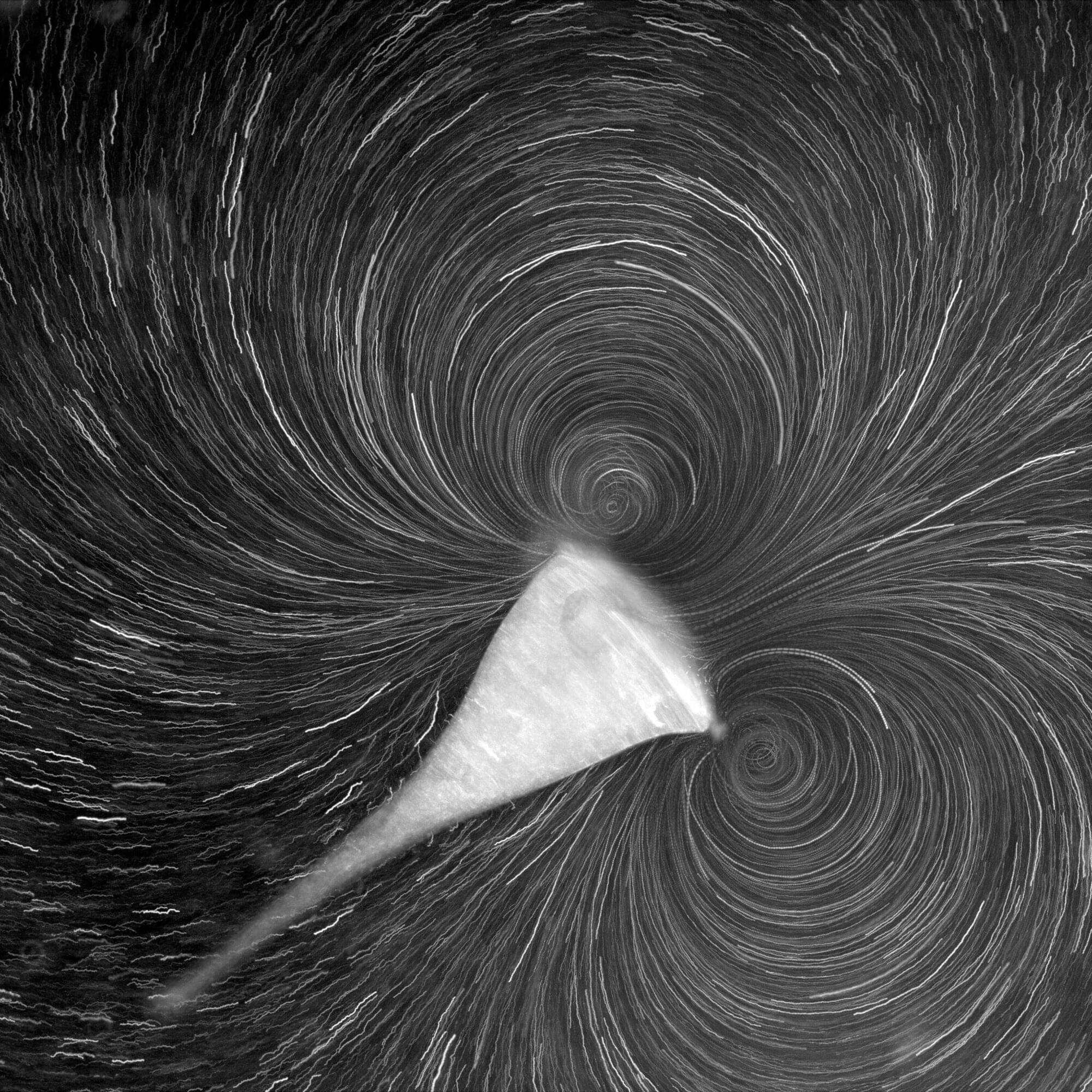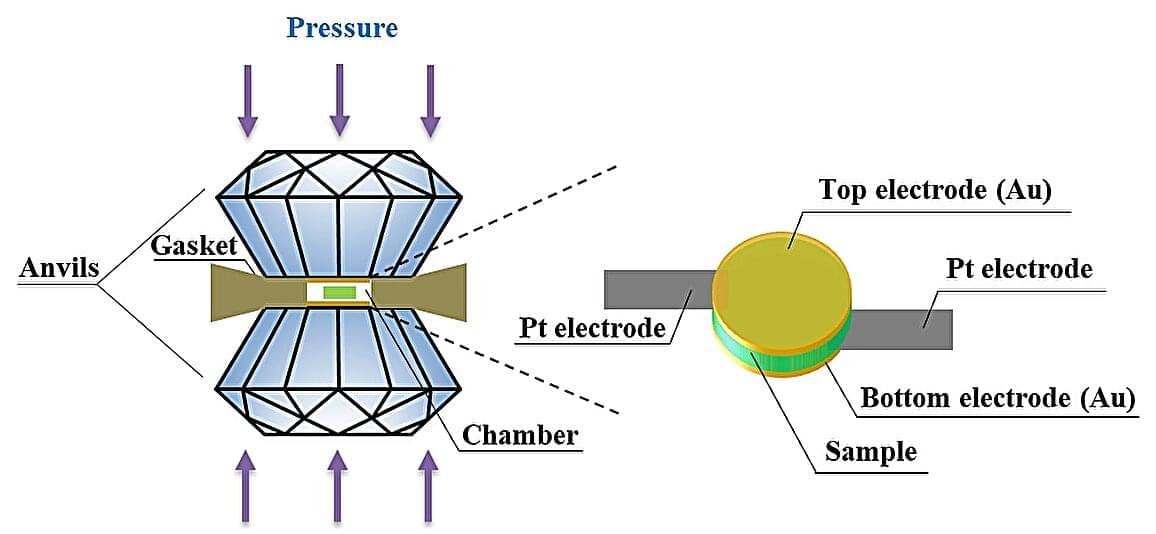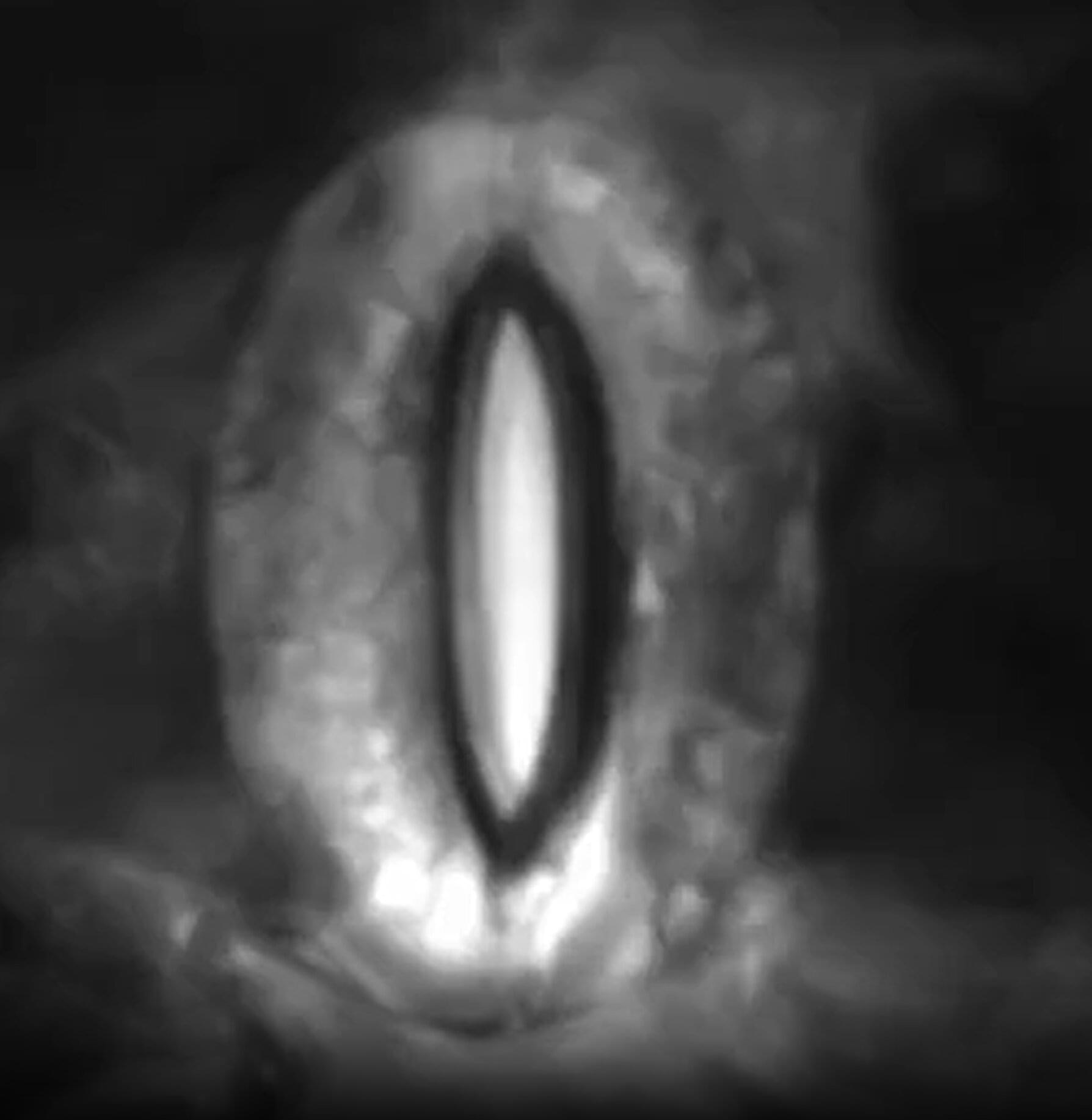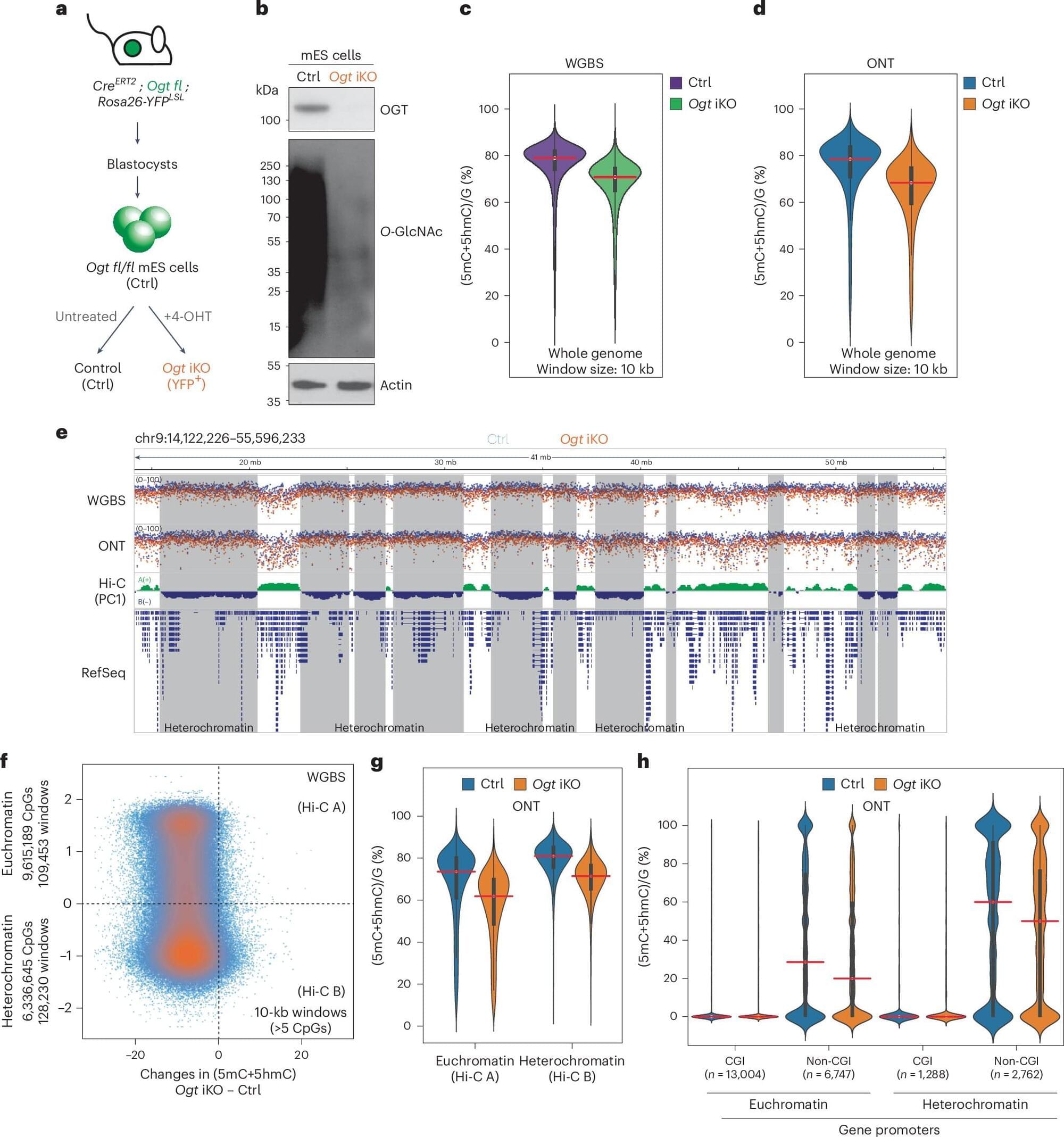In a recent study, researchers gained new insight into the lives of bacteria that survive by grouping together as if they were a multicellular organism. The organisms in the study are the only bacteria known to do this in this way, and studying them could help astrobiologists explain important steps in the evolution of life on Earth.
The work is published in the journal PLOS Biology.
The organisms in the study are known as multicellular magnetotactic bacteria (MMB). Being magnetotactic means that MMB are part of a select group of bacteria that orient their movement based on Earth’s magnetic field using tiny “compass needles” in their cells. As if that weren’t special enough, MMB also live bunched up in collections of cells that are considered by some scientists to exhibit “obligate” multicellularity, the trait on which the new study is focused.
